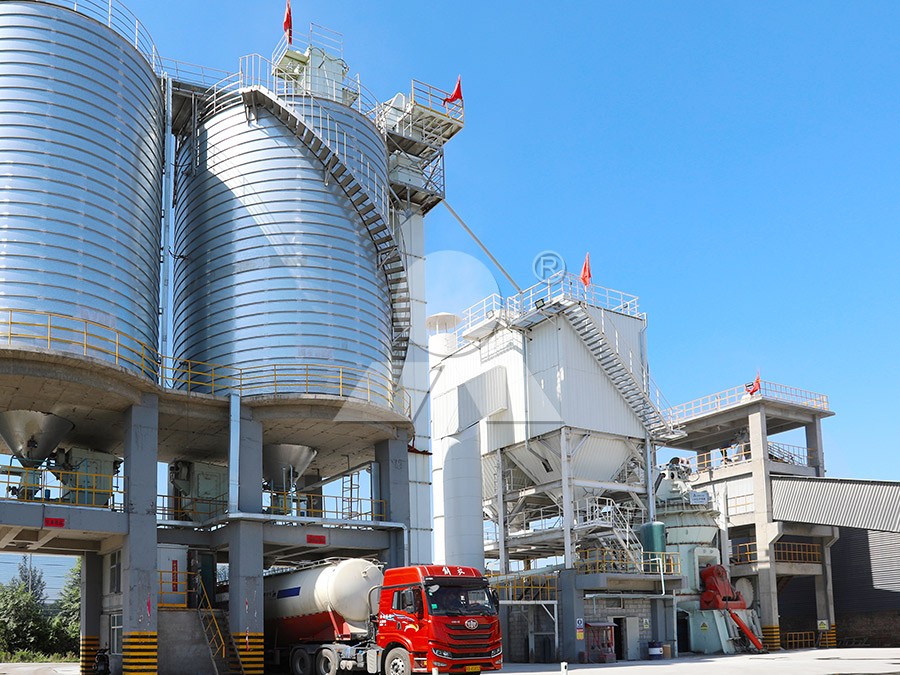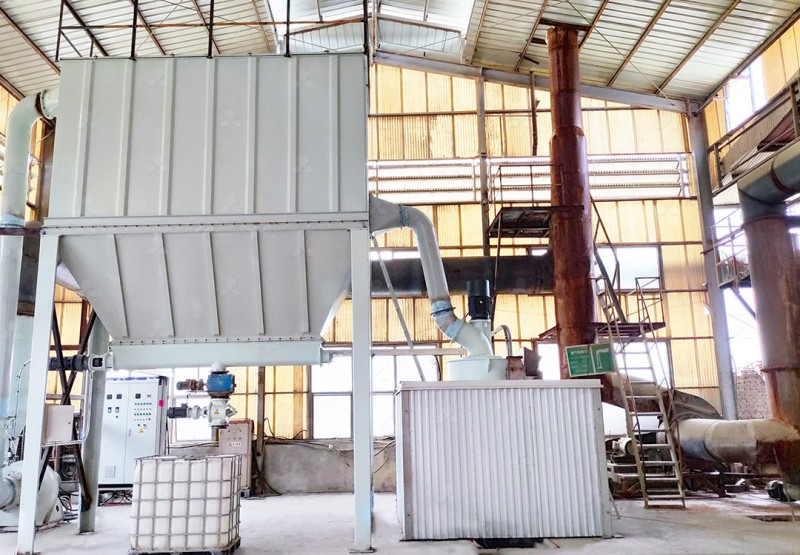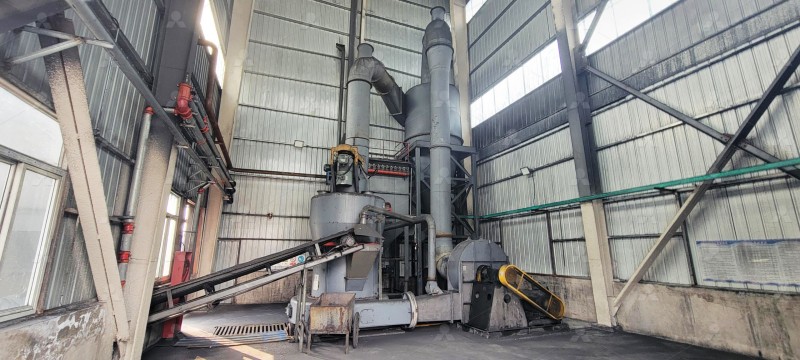How Does Mill PA Inlet Temperature Affect Performance When Using Imported Coal?
How Does Mill PA Inlet Temperature Affect Performance When Using Imported Coal?
In the power generation and industrial processing sectors, the efficient pulverization of coal is a critical factor for overall plant performance. When utilizing imported coals, which often have varying moisture content, grindability indices, and volatile matter compared to domestic sources, the role of the Primary Air (PA) inlet temperature becomes even more pronounced. This parameter is not merely a operational setting; it is a fundamental variable that dictates mill efficiency, output, and ultimately, the combustion characteristics of the coal dust.
The Critical Role of PA Inlet Temperature
The PA system serves two primary functions: to transport pulverized coal from the mill to the burners and to provide the necessary heat for drying the raw coal within the mill. Imported coals can be particularly challenging, often arriving with higher surface moisture. If the PA inlet temperature is too low, inadequate drying occurs. This leads to:
- Ploggings and blockages: Damp coal powder sticks to mill internals, classifiers, and coal pipes, reducing throughput and increasing maintenance.
- Reduced Grinding Efficiency: Wet coal is more difficult to grind, increasing the mill’s power consumption (kWh/t) for a given fineness.
- Poor Combustion: High moisture content in the final PF (Pulverized Fuel) leads to higher unburnt carbon losses and unstable flame conditions in the boiler.

Conversely, an excessively high PA inlet temperature risks igniting volatile components within the mill, creating a significant fire or explosion hazard, especially with high-volatile imported coals. It can also cause premature wear of internal components and thermal degradation of the coal itself.
Optimizing for Imported Coal with Advanced Mill Technology
Navigating this temperature tightrope requires a grinding mill designed for stability, efficiency, and precise control. Older mill designs often struggle with the inconsistent properties of imported fuels. This is where modern, engineered solutions provide a distinct advantage.
For operations focused on producing ultra-fine coal powder for specialized applications or maximum combustion efficiency, the MW Ultrafine Grinding Mill presents an exceptional solution. This machine is specifically engineered for customers who need to make ultra-fine powder. With an input size of 0-20 mm and a capacity range of 0.5-25 tph, it handles various materials including petroleum coal. Its design incorporates an efficient pulse dust collector and muffler, significantly reducing dust and noise for a more environmentally friendly operation. A key feature for coal grinding is its Adjustable Fineness between 325-2500 meshes, allowing operators to precisely tailor the product to their boiler’s requirements. The cage-type powder selector, adopting German technologies, ensures high precision in separation, achieving a screening rate of d97≤5μm in a single pass. Furthermore, the absence of rolling bearings and screws in the grinding chamber eliminates concerns about bearing failures or loose screws causing machine damage, a critical safety feature when grinding combustible materials.

For larger-scale power generation needs, the LM Vertical Coal Mill is a robust and reliable workhorse. Its integrated drying and grinding capability is perfectly suited to handle high-moisture imported coals. The mill’s design includes a limit device that prevents direct contact between the grinding roller and table, avoiding severe vibration—a common issue with fluctuating coal feed. Its high grinding efficiency translates to 40-50% lower power consumption compared to traditional ball mills, a significant operational saving. The material’s short dwell time of only 2-3 minutes minimizes the risk of thermal degradation and allows for quick adjustments to maintain stable product quality. The entire system operates under negative pressure, ensuring no dust spillage and a safer, cleaner working environment.
Conclusion: A Balanced Approach
Successfully managing imported coal hinges on finding the optimal PA inlet temperature, which is a balance between sufficient drying and safe operation. This optimal point is unique to each coal blend and mill system. Investing in advanced milling technology like the MW Ultrafine Grinding Mill for precision applications or the LM Vertical Coal Mill for high-volume power generation provides the inherent stability and control necessary to navigate this balance effectively. These mills offer the resilience to handle variable fuel properties while maximizing efficiency, minimizing downtime, and ensuring operational safety, ultimately protecting your bottom line.

